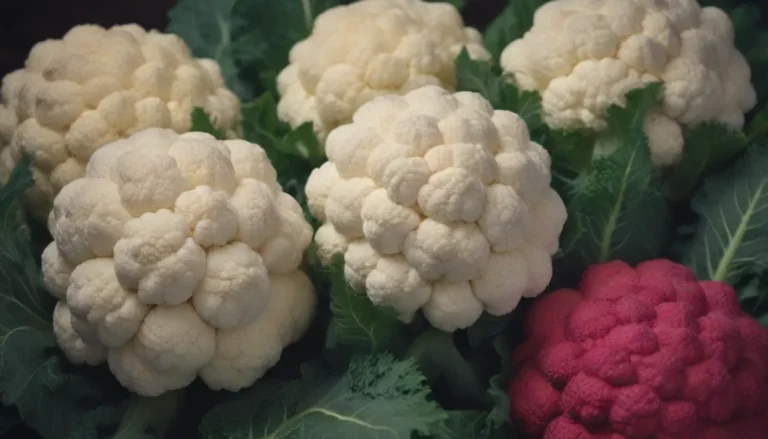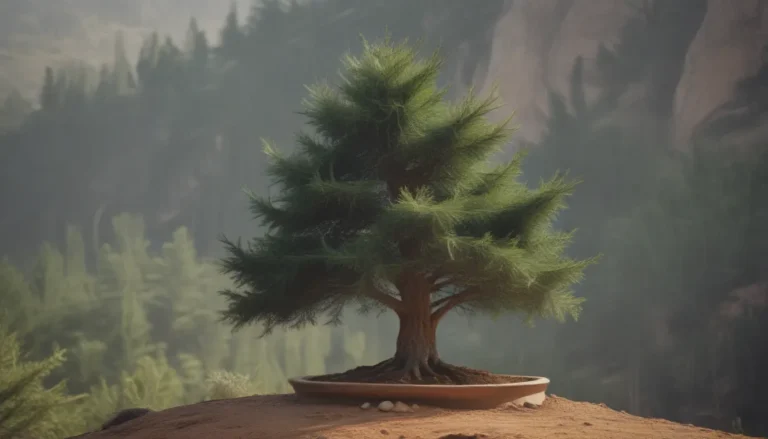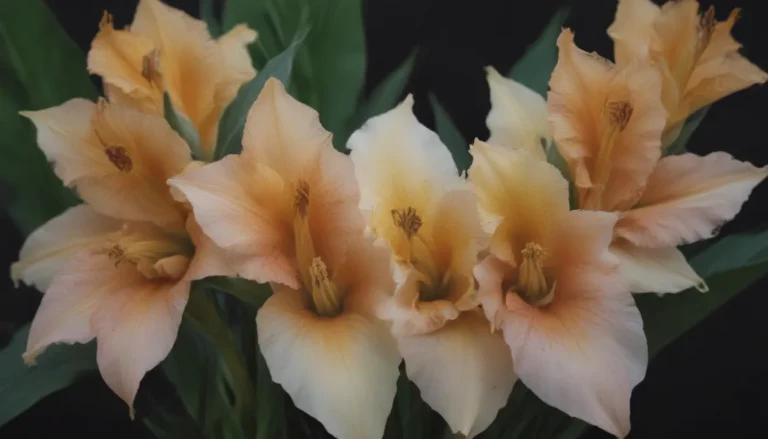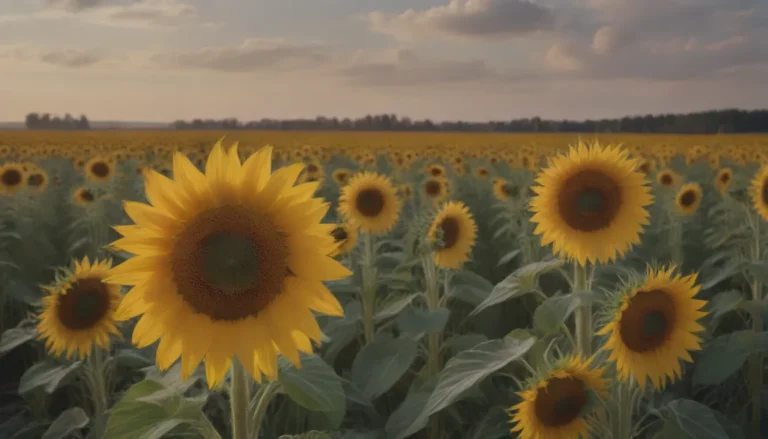How to Grow, Care for, and Enjoy the Beauty of Yesterday-Today-and-Tomorrow Plants (Brunfelsia)
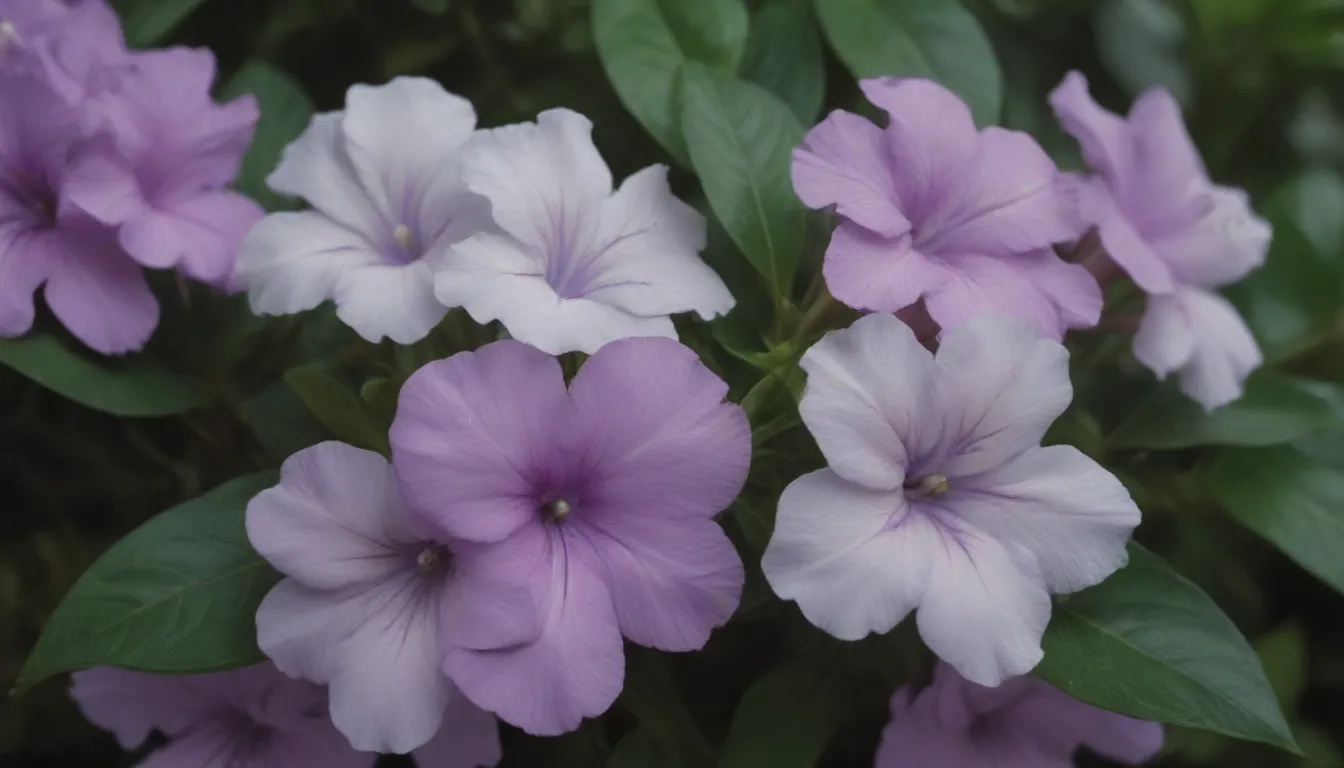
The yesterday-today-and-tomorrow plant (Brunfelsia pauciflora) is a unique and beautiful tropical evergreen shrub that offers a fascinating color-changing spectacle in your garden. With flowers that transition from purple to lavender to white over a period of days, this plant is truly a showstopper. If you’re looking to add a touch of exotic beauty to your yard or container garden, Brunfelsia might be the perfect choice for you.
Understanding the Fascinating Brunfelsia Plants
Brunfelsia plants, commonly known as yesterday-today-and-tomorrow plants, belong to the Solanaceae family and are native to South America. In addition to Brunfelsia pauciflora, you may also come across related species like Brunfelsia australis and Brunfelsia grandiflora, which share the same enchanting color-changing blooms. These plants are also known as Brazil raintrees, reflecting their tropical origins.
One of the captivating features of the Brunfelsia plant is its fragrant flowers, which release a delightful scent at night. The aroma can range from a heady musk to a spicy clove, adding a sensory experience to your garden. However, it’s essential to note that Brunfelsia plants can be toxic to pets like dogs, cats, and horses, so care should be taken if you have animals around.
Brunfelsia Pauciflora Care Guide
Light and Soil Requirements
- Light: Brunfelsia plants thrive in filtered light but can tolerate full sun. Plant them in a location where they receive partial shade, especially in hot climates.
- Soil: These plants prefer acidic, fertile soil with good drainage. Adding organic matter like peat moss or pine needles can improve the soil quality for optimal growth.
Watering and Fertilizing Tips
- Water: Keep the soil consistently moist but not waterlogged. Container plants may need more frequent watering, especially during the summer months.
- Fertilizer: Test the soil pH before applying fertilizer. Use a liquid fertilizer for acid-loving plants every two weeks, adjusting the strength based on the plant’s needs. Container plants may require more frequent feeding during the growing season.
Temperature and Humidity Considerations
- Given their tropical origins, Brunfelsia plants thrive in humid environments. Ensure adequate humidity levels to support healthy growth.
Pruning and Propagation Techniques
- Pruning: While Brunfelsia is a slow grower and generally requires minimal pruning, a light trim after blooming can encourage bushiness. Prune container plants to maintain their size and shape.
- Propagation: Propagate Brunfelsia through semi-hardwood cuttings or seeds. Follow proper techniques for successful propagation and new plant growth.
Common Pests and Diseases
- Keep an eye out for aphids and spider mites, which can impact the health of your Brunfelsia plant. Treat infestations with appropriate measures like insecticidal soap or neem oil.
- Brunfelsia is deer-resistant, making it a suitable choice for gardens prone to wildlife browsing.
How to Ensure Blooming Success with Brunfelsia Pauciflora
Brunfelsia pauciflora is known for its reliable blooming cycles, with flowers appearing in spring and fall. To encourage blooming and maintain vibrant flowers, follow these tips:
– Provide adequate light, water, and nutrients for the plant.
– Deadhead faded flowers to promote new blooms.
– Use a phosphorus-rich fertilizer to support flowering.
– Avoid excessive nitrogen, which can lead to lush foliage at the expense of flowers.
Troubleshooting Common Issues with Brunfelsia Plants
Even low-maintenance plants like Brunfelsia can encounter problems if their growing conditions are not optimal. Here are some common issues and solutions:
– Pale or Yellowing Leaves: Address nutrient deficiencies by adjusting the soil pH and providing appropriate fertilizer. Magnesium, iron, sulfur, and potassium deficiencies can manifest as yellowing leaves in different patterns.
– Poor, Stunted Growth: Inspect plants for signs of insect activity like aphids or spider mites, which can hinder growth. Treat infestations promptly to prevent further damage.
– Chalky Soil Appearance: If you notice a powdery residue on the soil surface, your plant may need an iron supplement. Follow recommended guidelines for iron application to restore plant health.
Enjoying the Beauty of Brunfelsia in Your Garden
As you cultivate and care for your Brunfelsia plants, you’ll be rewarded with stunning color transformations, fragrant blooms, and lush foliage. Whether you choose to grow them in your yard or containers, these plants can add a touch of tropical elegance to your outdoor space.
Remember to provide the necessary light, water, soil conditions, and nutrients to support healthy growth and blooming. With proper care and attention, your Brunfelsia plants will thrive and enchant you with their captivating beauty season after season. Happy gardening with yesterday-today-and-tomorrow plants!


